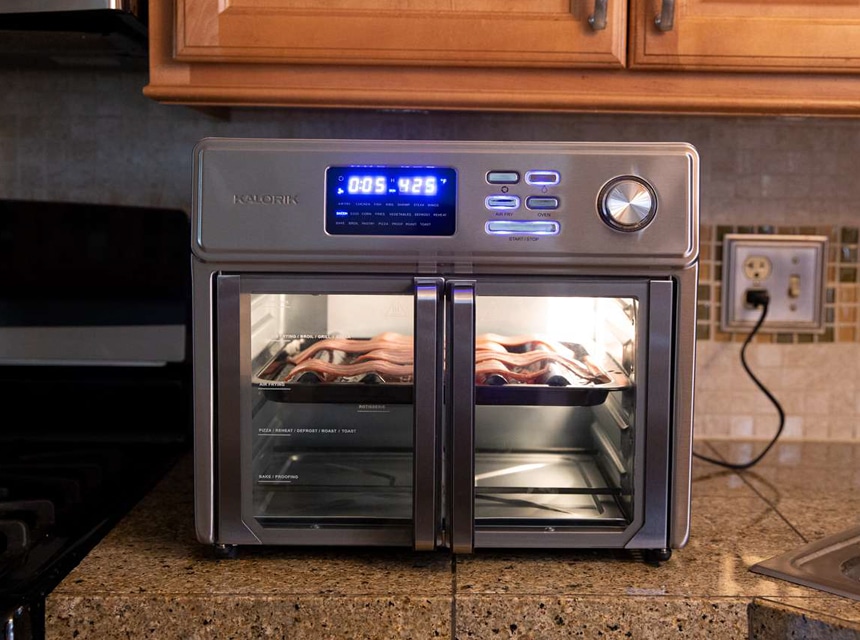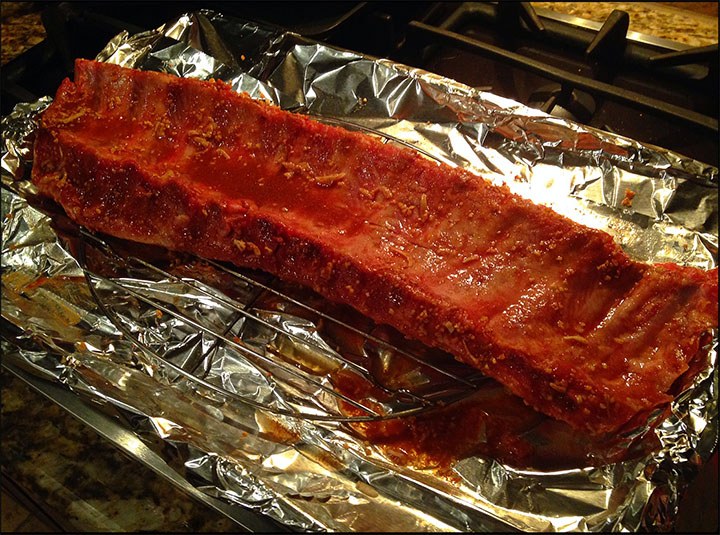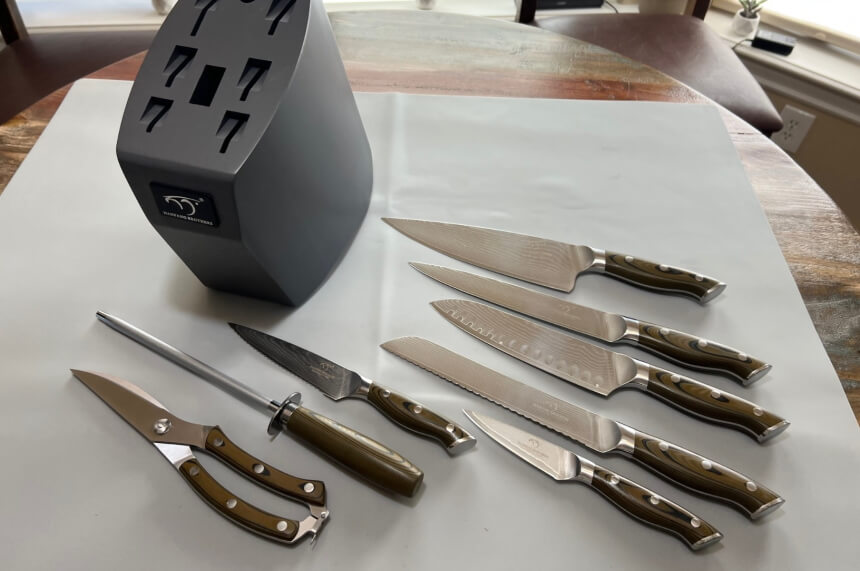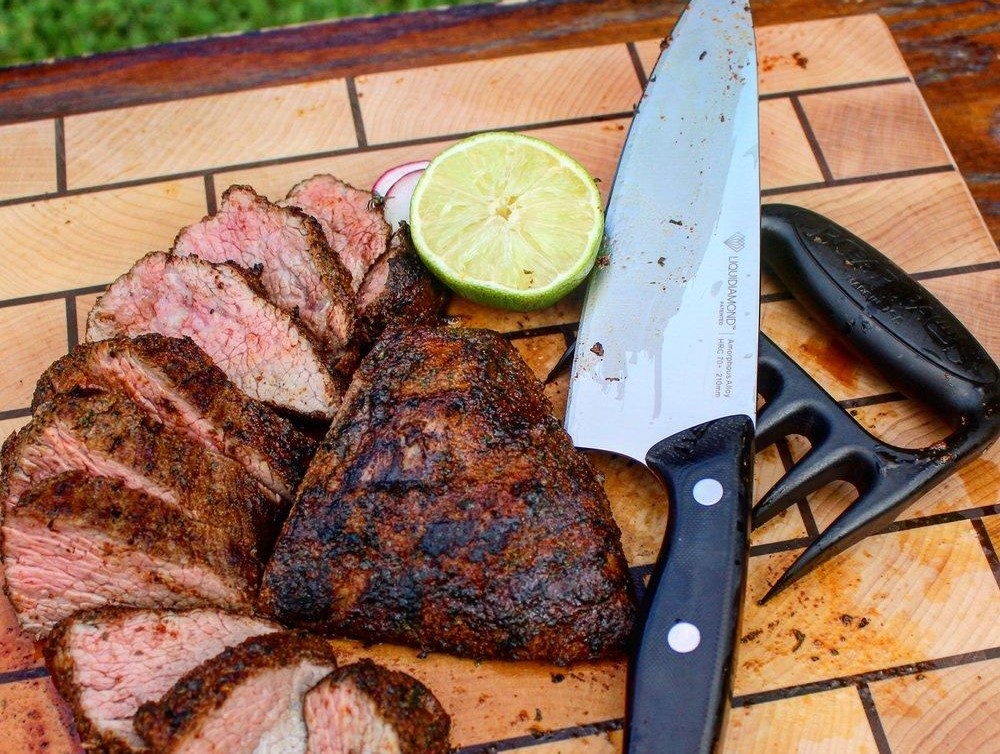

When we think of gourmet cooking, perhaps the first food to come to mind is steak. Juicy, flavorful and able to be paired with anything, steak is simply amazing. Whether it’s a high-class fillet mignon or a bistro-style steak frites, a good steak can bring an instant smile to your face. However, before you slap a steak on the grill, you first need to be able to understand how to tell if the steak is bad. Like all meats, steak has a shelf life. If not cooked in time, the meat can go bad leaving at best an unsavory taste and at worse a case of food poisoning. The good news is that there are a few simple ways to tell if that steak you have will result in a delicious dinner.
Before you get ready to cook you want to assemble all your ingredients and make sure nothing is missing. Once you have taken your steak out of the fridge or freezer, be sure to inspect it to make sure it is still edible. But how to tell if a steak is bad before you cook it? Never fear as we have an easy checklist to go through that will determine if you get to carve into that juicy steak for dinner, or if you might be ordering pizza instead.
Before you get into too many specifics, the first step to understanding when steak is bad is by checking the use-by date. Now, this may seem simple but it is actually a bit complicated Trusted Source What Expiry Dates And Best-Before Dates Really Mean - Chatelaine According to Health Canada, the best-before date on most packaged goods indicates the time after which the product may lose its freshness, flavour or nutritional value. However, it’s important to remember the best-before date applies only to unopened items. Once food is exposed to air, the chance of contamination increases, so regardless of the best-before date, that half-empty jar of salsa at the back of your fridge is not invincible against unfriendly microbes. www.chatelaine.com . The reason for this is that there are different types of dates that food manufacturers use.
A best before date means that the food is in the best condition before the date. It does not mean that the food is inedible after this date. While this doesn’t mean you can cook a steak that is a week past its best before date, it does mean there’s a bit of leeway.
A use-by date, or expiry date, means that you should definitely use the food before the date has occurred. However, again, you can use your own judgment. If it’s one day past the use-by date, you might be ok, as long as other criteria has been met.
Checking the use-by date is a solid first step but keep reading to see what other criteria it can be used with.
One of easiest ways to know when steak is bad is by smelling it. Now, if you’re not one for bad odors, then go through the rest of the checklist before giving your nose its important job. You don’t have to get too close to your steak and a quick sniff should suffice.
If your steak smells unpleasant, and in particularly cheesy, then it is definitely past its prime. Other smells it may emit is an ammonia or sulfur scent. Basically, if the smell you detect isn’t appealing, then don’t risk it.
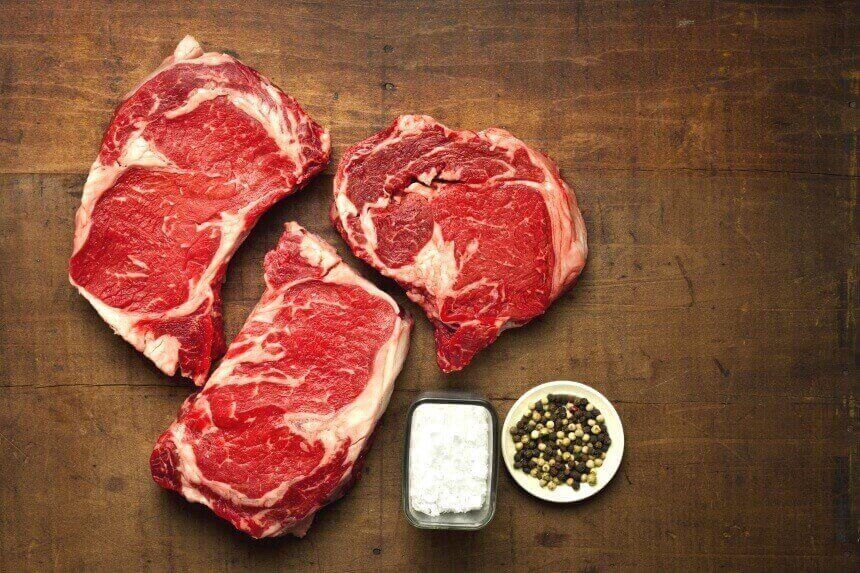
A slimy texture, on the other hand is a clear indication that your steak is bad. This texture is caused by bacteria, and too much bacteria translates to a very upset stomach.
If you’re still not sure what exactly a slimy texture looks like, we’ll be a bit more specific. The slime could be grey or even yellow in color. It will be shiny and you might want to hold the steak up to a light to really detect it. If the light is reflected in the steak, then it has slime on it.
Even though slime means bacteria, you won’t see the next evolutionary step, which is mold. Your fridge’s cold temperature will so far keep any mold from forming. However, if you were to leave your steak in this stage out at room temperature, within a day mold would start to form.
One last comment about slime is that you want to inspect the entire steak. Don’t expect to see a layer of slime all over the cut. Instead, it could just be one area. However, even a bit of slime is too much and unfortunately, your steak is best left uneaten.
The color of a steak is a peculiar feature. Depending on when your steak was butchered from a cow, it will have a different color. However, there is a wide range of colors that are perfectly normal.
When first butchered, a cut of steak will have a bright purple-red appearance. This is a result of the muscle interacting with the oxygen in the air. This color does not last long and will start to transition to its next color within the hour.
From a purple-red, the next color stage is a cherry red. As more oxygen is mixed in with the blood and muscle of the steak, a typical red color is formed.
Finally, after about three days, your steak might look reddish-brown in color. Don’t panic as your steak is still edible at this stage. Even if the steak doesn’t look as good as you would hope, it is still perfectly edible. Again, check the used-by date to affirm this knowledge.
The color you really want to be wary in steak of is a dark brown. Dark brown or grey are signs your steak could potentially be bad. The problem is that steaks do change color so this isn’t a definitive worry. However, if a worrying color is paired with another sign your steak is bad, then you should definitely not use it.
While one end of the bad steak spectrum we have a slimy texture, on the other end is extreme dryness. While your steak definitely shouldn’t be a wet mess, it also shouldn’t be completely dry.
If your steak is very dry, it’s a sign that it is not going to be good. Over time a steak’s moisture can evaporate and dryness is a sign it has been left for too long.
Again, nothing is simple with steaks. If you have a cut of meat that has a lot of marbling, or fat throughout the meat, then it will be dryer than leaner cuts of steak. So, in this case dryness should be ok.
As with moth signs your steak is bad, if the dryness factor and another sign appear together, then it is most likely bad.
There is a way to prevent dryness and keep your steak fresher for longer. If you bring home steak from the butcher, it will be wrapped in paper. Unless you’re going to eat your steak within the next two days, place it in a sealed container so that moisture stays within it.
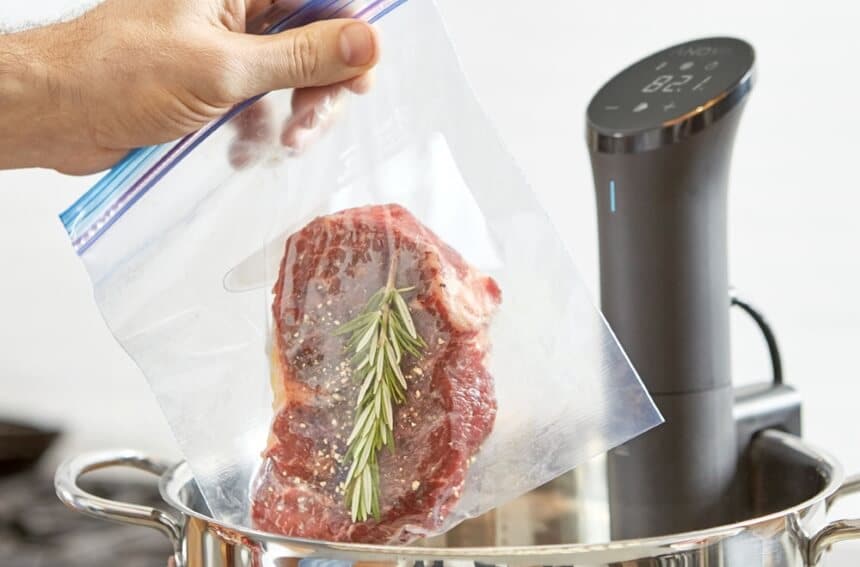
If you will be eating your steak in a day or two, then you will want to place it in an airtight container in the fridge.
Finally, if you plan on eating your steak at a much later date, then it’s best to pop it into the freezer. A vacuum-sealer, like this Anova Culinary device, can easily package your steak for you. By removing air around the steak and properly sealing the bag, you can keep your steak fresh and prevent freezer burn.
One other piece of advice is to always check the best-use date before buying steak. Sometimes, grocery stores will offer discounts on their meat if the best-use date is fast approaching. This is an economical way to purchase steak but just make sure you plan on eating the steak that night, or else place it in the freezer right away.

Start by placing your steak in a Ziploc container or better yet, a vacuum-sealed bag. The less air there is around the steak, the better it will keep. Don’t just throw your steak in the freezer without transferring it from its packaging. That thin plastic wrap from the grocery store is not freezer-safe.
When you package your frozen steak, there are two dates you need to record. One is the current date that the steak is going into the freezer. The other date is the best-used date on the package. If the best-use date is the following, then when you remove your steak from the freezer, you really only have one or two days after it is thawed to use it.
If, however, the best-use day is five days in the future, then you have a much larger window to use your thawed steak.
Once you are ready to enjoy your steak, it’s important to understand how to tell if a frozen steak is bad. The biggest culprit to look for is freezer burn Trusted Source How to Detect Freezer Burn - WikiHow Storing food in the freezer is an easy and safe way to keep food fresh for later use. However, when outside air gets in contact with stored frozen food, it can lead to freezer burn, making the food unsightly and unappetizing to eat. Freezer burn is relatively easy to spot, but there are a few sings to look out for when checking food for freezer burn, and some simply solutions to help slow down the process, to keep your stored foods as fresh as possible, for as long as possible. www.wikihow.com . First, check the packaging to see if there are any holes. Then, check if there are ice crystals that have formed on the steak. Another sign of freezer burn is a grayish-brown color.
If your steak has signs of freezer burn, don’t panic just yet. While you shouldn’t grill this piece up, as the taste and texture will be off, you can use it in a stew or cook it in a slow cooker.
Steak is a delicious, gourmet food and it’s a shame when you have to use it. Not only is this food waste annoying but it is also expensive. The best way to deal with this issue is to try to prevent your steak from going bad in the first place. Store your steak in an airtight container or freeze it in a vacuum-sealed bag for optimal freshness. If you don’t have the chance to eat your steak right away, then it’s important to understand how to tell if the steak is bad. Look for a slimy texture, a cheesy smell, and a dark brown color. If any of these signs are present, then unfortunately it’s best to throw the meat away. You may lament the waste of food but your stomach will thank you later.


